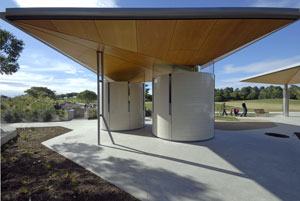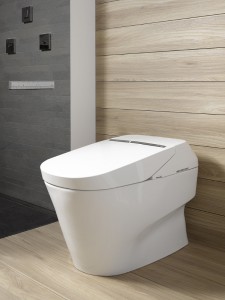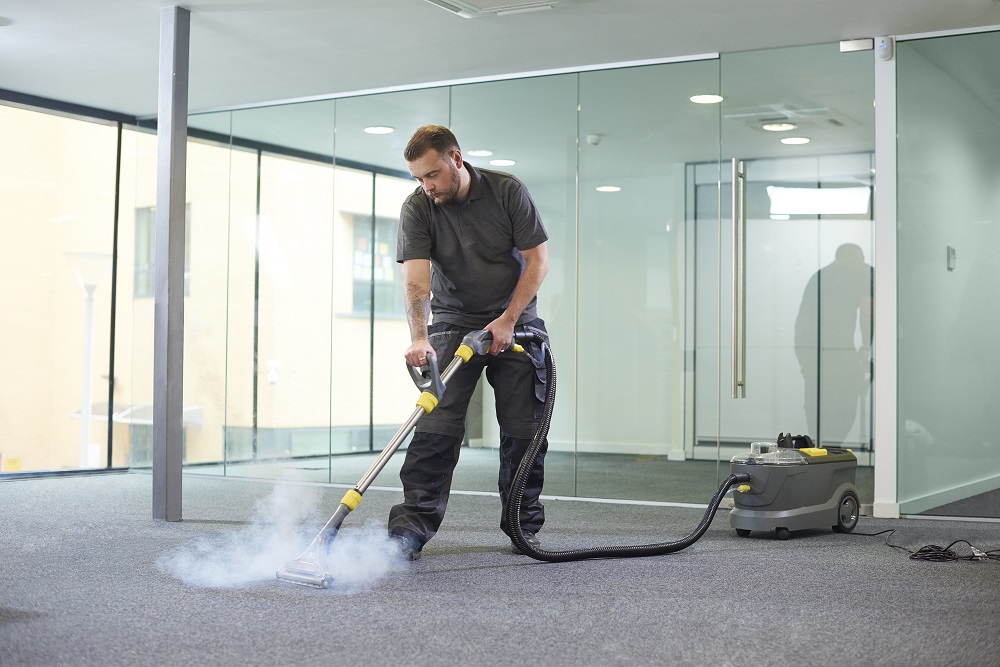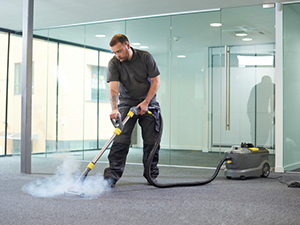
The National Public Toilet Map is a free website and app detailing the location of more than 22,000 public toilet facilities around Australia. It allows users to filter and search for specific toilet features, including opening hours, showers, wheelchair accessibility and adult change facilities.
To make sure the information is up-to-date, users are being invited to give feedback on the listings by completing a short survey and going into the draw to win one of three $500 vouchers.
This call-out reflects an increasing awareness of the importance of access to public toilets and the everyday impact on many Australians when facilities aren’t adequate. Academic Katherine Webber, from the Queensland University of Technology, has spent years documenting public toilets and researching how to make them as accessible and inclusive as possible.
“Everyone can be impacted when public toilets are not available or accessible, but there are some groups that will be impacted more,” Webber says.
“These include people with disability, women as they use toilets more than men due to factors such as menstruating or pregnancy, people who are trans and gender diverse, families with children if toilets aren’t designed for children. Having public toilets open only during daylight hours makes public toilets unavailable for people who exercise or work at night.”
Webber says that while the National Public Toilet Map and app are making it easier to find existing public toilets, Australia lacks consistent provision of public toilets across our cities and towns.
“This is in part because in Australia there is not clear responsibility for the provision of public toilets and there are no national or state guidelines for when public toilets should be provided. The current standards and guidelines finish at the building footprint.”
Having national or state guidelines for when, where and how many public toilets should be provided would create helpful guidance for local governments and councils, but these guidelines would need to be supported with adequate funding. Webber says there are examples of this working successfully overseas.
“Wales legislated that local governments needed to undertake a public toilet needs assessment to identify where public toilets were required to respond to local needs.”
While cleaning and maintenance can be seen as a costly challenge for some councils, it is an essential part of making public toilets accessible and inclusive — and can provide councils with useful data.
“Cleaning and maintenance of public toilets is super important as it makes people feel like the public toilets are a safe space and want to use them,” Webber says.
“The flip side is that dirty and unmaintained public toilets are often avoided and can be further vandalised. Through cleaning and maintenance councils can get valuable information about the use and users of public toilets. It can be difficult and expensive to upgrade aging public toilets and keep them inline with current accessibility standards.”
When it comes to upgrading, there is one simple change that could make a difference to many Australians.
“One thing I have found is that public toilets often are missing bins – which are important for people with incontinence. But this also needs to be balanced with an adequate cleaning schedule.”
Photo by Zoe Eather.




